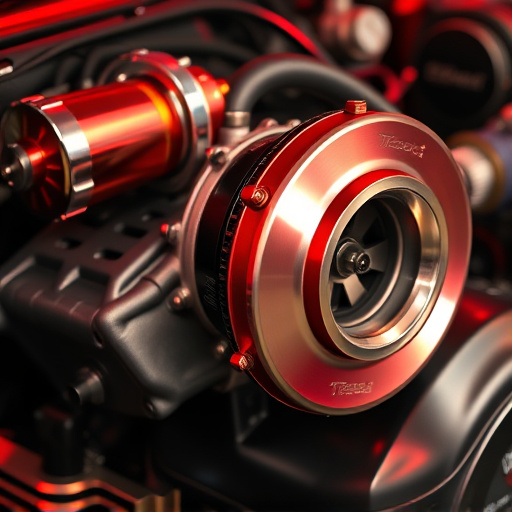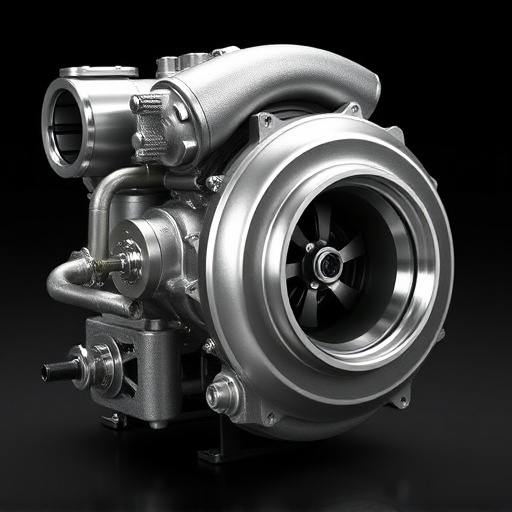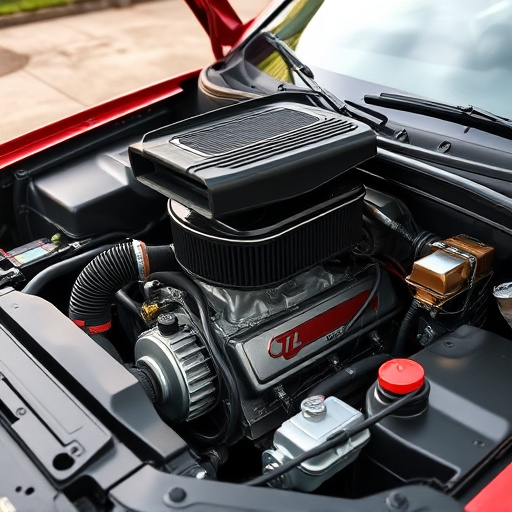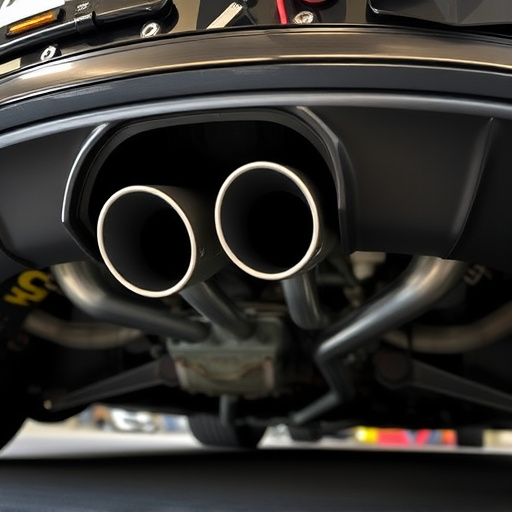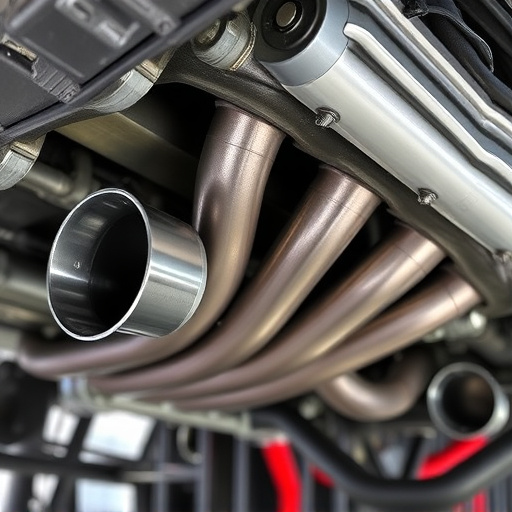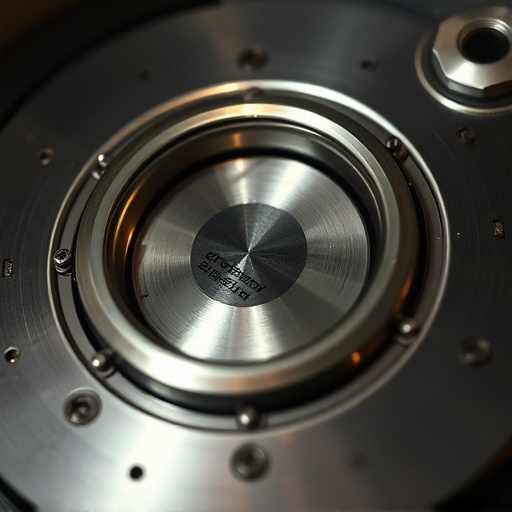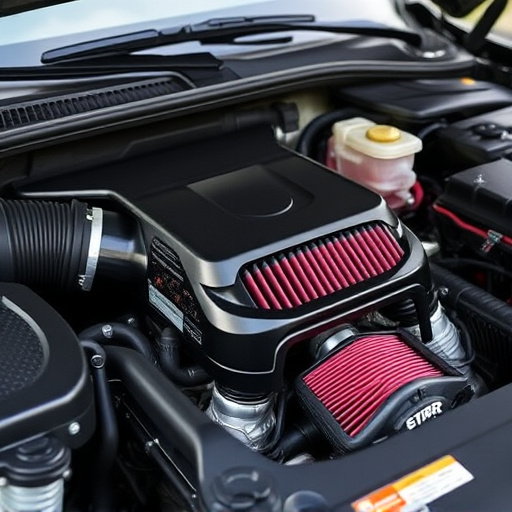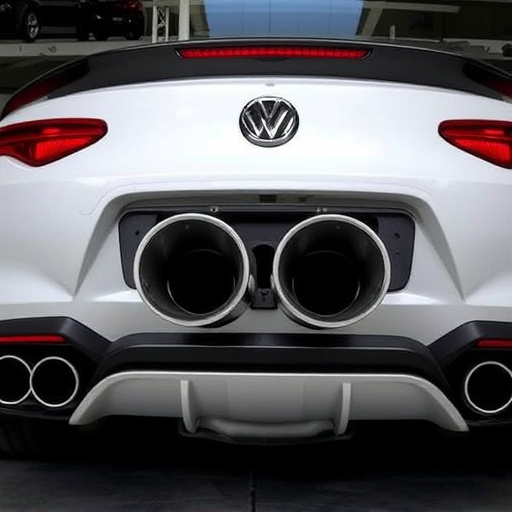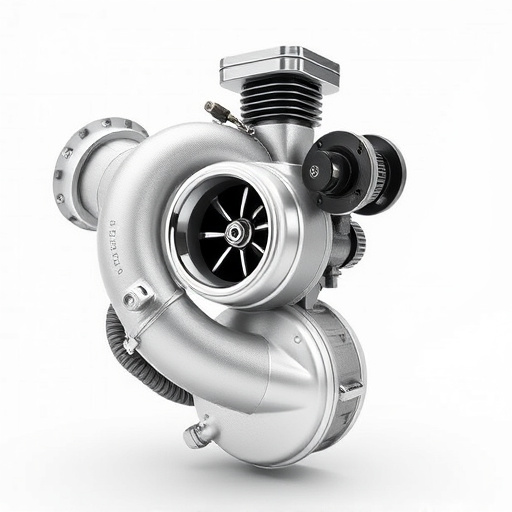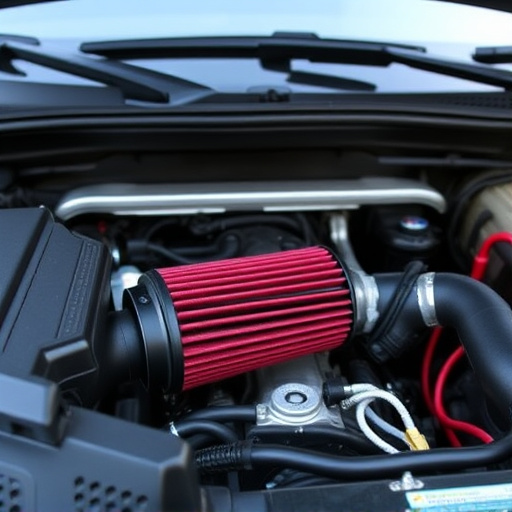Car enthusiasts often misbelieve that larger engine air intakes alone boost power, ignoring crucial factors like engine compression and fuel delivery. A poorly designed intake can hinder performance and efficiency. In reality, effective engine air intake systems enhance performance by regulating temperature, pressure, and flow for clean, cool air entry into the combustion chamber. This optimizes burning efficiency while maintaining emission control, achieving both peak performance and environmental compliance.
Uncover the truth behind common myths surrounding engine air intake and discover how they can hinder performance. This article separates fact from fiction, delving into the science behind optimal air intake and its critical role in engine efficiency. Learn how a well-designed air intake system can transform your vehicle’s power and fuel efficiency. We’ll explore strategies for upgrading your engine air intake to achieve better results, ensuring you make informed choices for maximum performance.
- Common Misconceptions About Engine Air Intake
- – Debunking popular myths and their impact on performance
- – Examining the role of air intake in engine efficiency
Common Misconceptions About Engine Air Intake

Many car enthusiasts hold onto certain beliefs about engine air intake that could be hindering their vehicle’s performance potential. Understanding these misconceptions is key to unlocking the true capabilities of your engine. One common mistake is assuming that adding more air filters will automatically lead to increased power. While an upgraded air filter can improve airflow, it’s not a direct performance booster; other factors like engine compression and fuel delivery play equal, if not greater, roles.
Another misconception revolves around the idea that larger intake systems are always better. Yes, increasing the engine air intake volume can boost power, but it’s not without considerations. A poorly designed or improperly fitted intake system could create restrictions, causing the engine to work harder to draw in air, which may negatively impact fuel efficiency and overall vehicle performance, including braking capabilities, as air and fuel are crucial components for optimal brake pad performance too.
– Debunking popular myths and their impact on performance
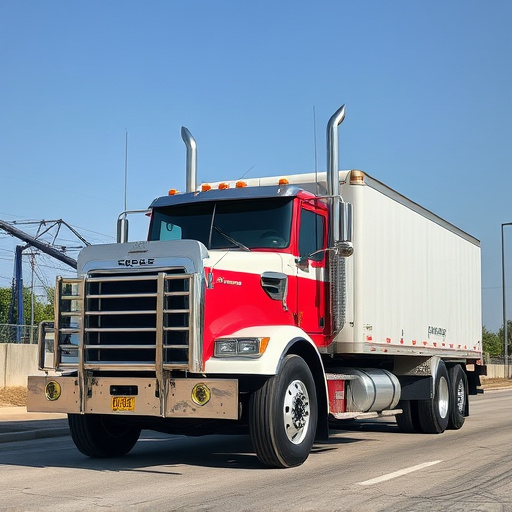
In the realm of engine tuning, many enthusiasts subscribe to various myths surrounding engine air intake systems, often overlooking their intricate role in performance enhancement. One such misconception is that larger air intakes guarantee higher horsepower. While an upgraded air intake system can indeed improve airflow, it’s not a direct path to boosted power. The complexity of engine mapping and fuel delivery often overshadows the simple fact that efficient air ingestion is crucial but only one piece of the performance puzzle.
Another common delusion is that modifying exhaust mufflers or adding flashy exhaust tips is the primary route to achieving higher speeds. While these changes can reduce backpressure, allowing for better engine breathing, they have limited direct impact on power output compared to optimizing the air intake systems. This misconception often leads to inefficient tuning and missed opportunities for significant performance gains.
– Examining the role of air intake in engine efficiency

The engine air intake is a critical component that often gets overlooked when it comes to enhancing vehicle performance. Many believe that as long as sufficient air is entering the engine, optimal efficiency is achieved. However, this couldn’t be further from the truth. Engine air intake plays a pivotal role in determining the overall power and economy of an engine. It’s not just about quantity but also quality; ensuring the right amount of clean, cool air enters the combustion chamber is essential for efficient burning and maximum output.
Understanding how air intakes impact performance involves delving into the science behind it. A well-designed air intake system should regulate air temperature, pressure, and flow to suit the engine’s requirements. This includes filtering out contaminants that can harm the engine, much like how brake pads protect wheels from wear. Exhaust systems, while important for emission control, should not obstruct the airflow; optimal performance is achieved when the intake and exhaust components work in harmony, allowing air to flow freely without unnecessary restrictions, similar to how exhaust tips enhance aesthetics without compromising functionality.
In understanding the intricacies of engine air intake, it’s clear that many long-held myths can hinder optimal performance. By debunking these misconceptions, we’ve highlighted the crucial role air intake plays in enhancing engine efficiency. Recognizing and overcoming these myths is a vital step for vehicle owners aiming to unlock their engines’ true potential, ensuring a smoother, more powerful ride.
